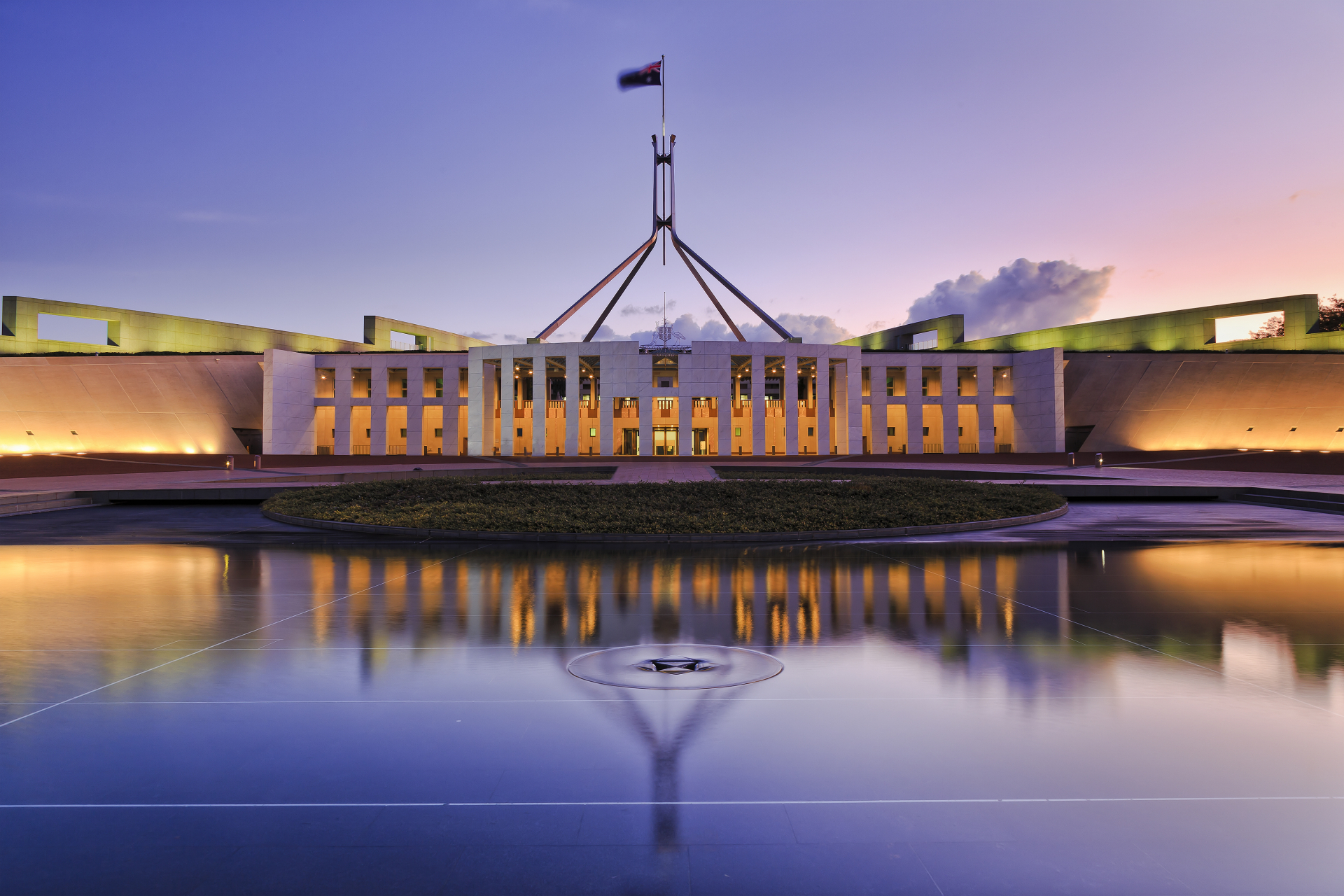Learning Outcomes
- Outline the concept of the 'division of powers'
- Describe the different types of legislative power outlined in the Australian Constitution
- Explain the difference between 'division of powers' and 'separation of powers'
Syllabus Links
Legal Studies Preliminary Course
Part I: The legal system
2. Sources of contemporary Australian law
- the constitution
- division of powers
What is the Division of Powers?
One of the main characteristics of Australia’s democratic system of government is what is referred to as the Division of Powers. In this type of democratic system no one level of government can control all the laws and activities in the nation. Australia’s system of government operates from a set of rules and structures based on a written document called a Constitution. The Australian Constitution, which came into existence at Federation in 1901, sets out the rules by which Australia is to be governed.
The Australian Constitution and the Division of Powers


Section 51 of the Australian or Commonwealth Constitution outlines the legislative powers of the Australian Parliament. Laws passed by the Australian Parliament can then be administered by the Australian Government.
There are four different types of legislative power:
- Specific
- Exclusive
- Concurrent
- Residual
| WHAT POWER? | DEFINITION | EXAMPLE |
| Specific | These are law making powers given to the Federal Parliament and listed in sections 51 and 52 of the Constitution. They provide the Commonwealth with the power to make laws for ‘peace, order and good government of Australia’. | Immigration |
| Exclusive | Some powers are also exclusive to the Commonwealth. They are powers that only the Commonwealth can make laws for and the States cannot. The states are excluded from legislating about areas such as immigration, defence and currency. For example, it would make life in Australia a bit difficult if every state had their own currency, which is why this type of power suits the Australian Parliament. | Currency |
| Concurrent | Some powers are non-exclusive and shared with the states. They are called concurrent powers because both the Federal Parliament and the State Parliaments can make legislation about these areas. However if a State were to make a law that conflicted with a law of the Federal Parliament, s 109 of the Constitution states that the Federal legislation will override state legislation. | Taxation |
| Residual | These are the law making powers of each state agreed to at Federation when each of the colonies discussed the powers they wanted to retain and what they were willing to cede to the new Federal Parliament. The law-making powers of the states are not written in the Australian Constitution and are far-reaching, and the New South Wales Constitution does not list law-making powers either. Instead, it provides the Parliament with a broad grant to “make laws for the peace, welfare, and good government of New South Wales” (section 5 of the Constitution Act 1902) | Schools |

The Parliament of Australia located in Canberra
Why Do We Have This System?
As well as being based on Britain’s Westminster system, some features of Australia’s federal system were inspired by the federal system of the United States. These include:
- outlining the powers of Parliament (s 51)
- giving of ‘residual’ power to the states (s 108)
- an inconsistency clause (s 109)
- strong bicameralism, with a Senate in which the states are equally represented notwithstanding great disparities in population (s 7)
- election of senators in alternating electoral cycles (s 13)
- the establishment of a High Court of Australia as a supreme court empowered to declare actions of either level of government unconstitutional (s 71)
- a complex procedure to alter the Constitution through referendum (s 128)
The division of powers is also often referred to as the three levels of government. Federal Parliament and the state parliaments are two of the levels and the third level of government are local councils (shires and municipalities). These are administered under the law of the state that they are in. Each of these levels of government provides services for the people of Australia. Each of them is elected by the people that they provide government for.

NSW Parliament in Sydney
What Does Each Level of Government Do?
|
WHAT LEVEL? |
LEADER |
EXECUTIVE BODY |
SOME KEY RESPONSIBILITIES |
|
THE WHOLE NATION
|
Prime Minister
|
Federal Parliament in Canberra House of Representatives with 150 members each representing their own electorate (including 48 in NSW) The Senate with 76 members 12 from each state, 2 from each of the two territories |
|
|
STATE OR TERRITORY
|
Premier (or Chief Minister in territories) |
In NSW New South Wales Parliament on Macquarie Street in Sydney Legislative Assembly with 93 members representing 93 electorates Legislative Council with 42 members representing the whole State |
|
|
LOCAL AREA
|
Mayor (or Lord Mayor) |
City, Municipal or Shire Council Local government administration offices are located in larger local centres. Councils have between 5-15 Councillors. Each usually represents one section (Ward or Riding) within the local government area. |
|








